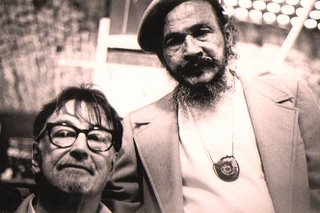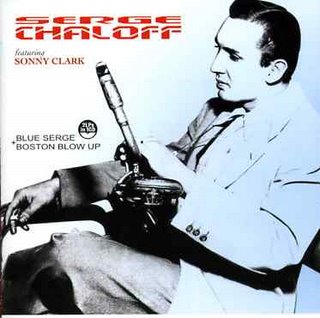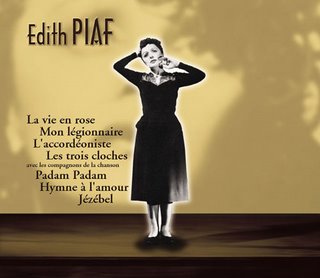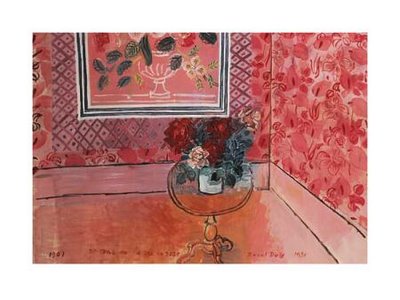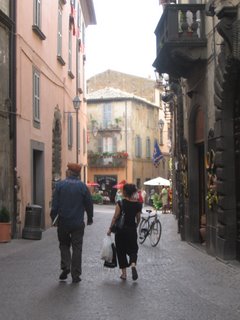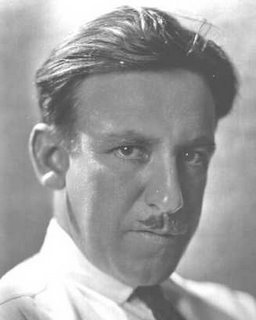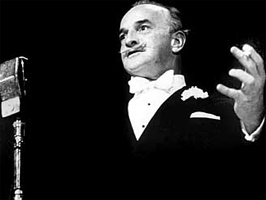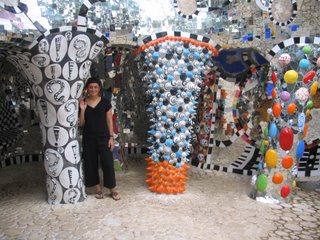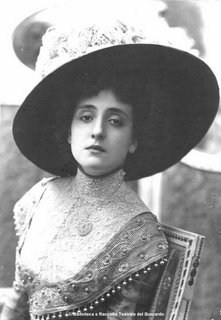
Way back in the early 60's Robin Williamson, Clive Palmer, and Bert Jansch were sharing a flat and running a folk club in Edinburgh. The folk club served primarily as a place to perform their own music, which was taking "folk" down new, unpegged roads. Edinburgh was a hothouse flower bed of beatnik folk/jazz/blues with a sliver glint of psychedelic color beginning to tinge the brownstone street rain puddles.
Bert left and went on to a solo career, eventually joining up variously with Anne Briggs, or John Renbourn, and finally Pentangle. Robin and Clive hooked up with another Scotsmen, (from Perthshire) Mike Heron, and formed the Incredible String Band.
The Incredible String Band evolved from a kind of Celtic East Indian Old Timey Jug Band playing a mix of traditional tunes and originals to something even more defiant of record bin placement. Clive moved on and Mike and Robin added their girlfriends Rose and Licorice to the mix; tentatively with the release of 5,000 Spirits Or the Layers of the Onion and full on with The Hangman's Beautiful Daughter. Dylan's head was already bent by Robin's "October Song" (from their first record) and "First Girl I Loved" from "5000 Spirits" became a classic covered by many. Stevie Winwood's praises and inspiration were manifesting in Traffic's first record and Paul McCartney named "Hangman's" his favorite record of 1967.
Still, for various reasons, the String Band remained way on the outer fringe of the public ear. They were no virtuoso vocalists, and their lyrics ranged from absolute gems, to simpleton or arcane, circuitous, and precious annoyances. Increasingly, every record was a crapshoot with a guaranteed masterpiece (or three) in the crackerjack box.
I first saw them at the Aquarius Theatre in LA when I was about 16. Subsequent shows were memorable but this one was the capper. They came out on the stage in exotic clothes and beads, onto an Indian rug with nigh on 30 instruments scattered about like a stoned gypsy royal court and proceeded to tune it all up for what must have been 10 minutes. Others in the audience might have been fidgeting and leaving the premises to have a smoke - but I was in heaven. It was a slow, beguiling ceremony for what turned out to be a mesmerizing evening of great songs.
I confess that my teenage heart reserved a very warm space for Robin's girl Licorice (I'm sure he understands). I suppose, in a Jungian anima way, Licorice embodied the ideal hippie/folkie/psychedelic brownrice-eating girl-goddess that i was looking to project on some unsuspecting and unattainable female.
With the group Licorice played a bit of harmonium, guitar and such but mainly contributed a childlike angel voice to the oft ragged proceedings. You can hear her voice adding harmony to "Painting Box", announcing "amoebas are very small" on "A Very Cellular Song" from "Hangman's" and contributing the lovely solo part in "Fair As You" from I Looked Up.
According to Wikipedia Christina "Licorice" McKechnie (also called "Likky")was born in Scotland in on October 2nd, 1945.
Here's the mystery:
As time went on, Rose left the group and Robin and Licorice broke up - amicably it seems as she remained with the group for a few albums. Licorice settled in Los Angeles, was briefly married to guitar-player Mike Lambert and still played a bit of music here and there - along with a stint of waitressing and other quotidian enterprises.
I'd heard she did a bit of collaboration with Chick Corea but nothing came of it.
The String band as a whole had been involved with Scientology midway thru their career, but apparently Licorice was the first to become disillusioned. We might assume that would discount any connection with what happened next.
Licorice was last seen hitchiking through Arizona in 1987, although her older sister Frances, reports having received a letter "certainly sent from Sacramento" in 1990.
I sincerely hope that she is still on the planet, having started a new life but I have to accept the possibility of a sadder or darker ending. Peace be with her.
This letter from a former friend of Likky's courtesy of the "Likkie Shrine" site
http://www.angelfire.com/biz3/ISB/likkie.html
From: David Evans:
"I knew Likki and her husband Brian Lambert in about 1980 in Los Angeles. She was not in the music business at the time, but still incredibly talented and musical. She and I made some attempts at writing together.
I took guitar lessons from Brian. Likki still had Robin's nylon string painted guitar he had written many ISB songs on. I offered her every cent I had but she wouldn't think of parting with it. At a party at her house in the Hollywood Hills, she sang a song called Old Songs And Cottages which was so amazing I had to learn it. She felt so close to that song that she refused to teach anybody how it goes. I still remember the first two chords and have been playing with them for the past 18 years. She was incredibly sweet."
* aside from the Likkie Shrine site there is a little youtube soundtrack/video clip with pictures of Licorice, and the song "On the Banks of Italy" with a taste of her singing http://youtube.com/watch?v=011w7n_-EY8
* the sound of most of the clips of the ISB on youtube is fairly crappy but there's one fairly decent one of Robin and Mike in 1968 performing "The Half-Remarkable Question" on the Julie Felix Show in England. Julie sings with them on "Painting Box", and you can get a glimpse of the painted acoustic guitar that Licorice inherited from Robin.
http://www.youtube.com/watch?v=AZYNO6SteaU&NR
* for some excellent full-length renditions of the String Band from their records go to myspace.com and check out
http://profile.myspace.com/index.cfm?fuseaction=user.viewprofile&friendID=54203671















